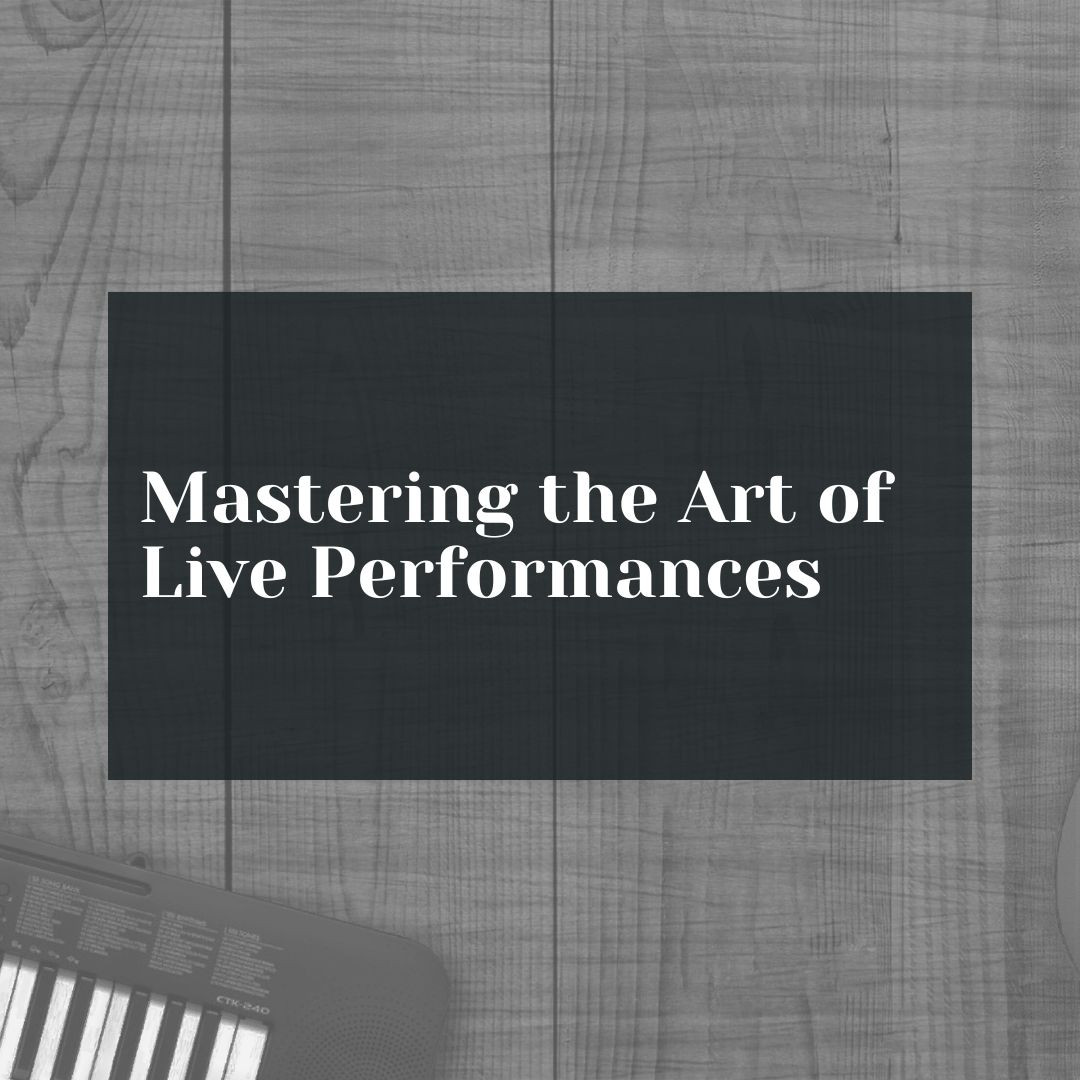
Stepping onto the stage can be as exhilarating as it is nerve-wracking. Whether you're playing to a cozy café or a grand arena, the goal is the same: to leave a lasting impression that keeps your audience coming back for more. Mastering the art of live performances isn't just about hitting the right notes; it’s about weaving a spell that captivates and enchants your audience from the first chord to the final bow. Ready to own the stage? Let’s turn up the spotlight on your performance skills!
Command the Stage with Confidence
Every inch of the stage is your playground, and how you use it can make or break your performance. Commanding the stage means more than just standing at the mic; it's about moving with purpose and confidence. Practice your movements during rehearsals, plan your paths, and use every corner to your advantage. Make your presence so dynamic that even the folks in the back can't help but be drawn to your performance.
Utilizing All the Stage Space
Don’t just confine yourself to center stage; explore the depths and wings. Engaging with all areas of the stage not only enhances your performance but also makes it visually compelling for your audience. Whether you're strutting downstage to connect with your fans or retreating upstage for a dramatic effect, your use of space communicates your story and energy.
Making a Personable Connection with the Audience
Live performances are all about connection. Your audience wants to see your soul, not just your setlist. Share anecdotes, express your feelings about the songs, and let your personality shine through. When you open up, you invite your audience to experience the music on a more personal level, transforming your performance from a presentation into a conversation.
Staying in Character Throughout
Your performance begins the moment you step into view and doesn’t end until you’ve completely left the stage. Staying in character throughout ensures that your audience remains engaged in the musical world you've created. This consistent portrayal adds depth to your performance and keeps the audience immersed in the experience.
Engaging with Eye Contact and Smiles
Never underestimate the power of eye contact and a genuine smile. Locking eyes with different audience members makes your performance feel intimate and direct, while smiling communicates your enthusiasm and enjoyment, which is infectious. These simple gestures can help bridge the gap between the stage and the crowd, pulling your audience deeper into your performance.
Choreography and Movement
Choreography isn’t just for dancers; it’s for any artist wanting to make a visual impact. Simple choreographed movements, synchronized with your band or backing dancers, can amplify the energy of your performance and make it more memorable. Even minimal choreography can help punctuate your music and enhance the storytelling of your lyrics.
Choosing the Right Stage Attire
Your attire is a visual extension of your music. It sets the tone before you even sing a note and should complement the theme of your performance. Whether it's flamboyant and bold or subtle and sophisticated, make sure your outfit is not only striking but also comfortable enough to allow you to move freely and perform at your best.
Maintaining High Energy
Energy is contagious, and maintaining a high level throughout your performance can keep your audience riveted. This doesn’t mean you need to be loud or fast-paced all the time; rather, it’s about keeping the emotional intensity flowing. Even slower, more reflective pieces can be performed with a palpable energy that resonates with the audience.
Being Larger Than Life
On stage, subtlety often goes unnoticed. Amplify your movements and expressions a bit more than you would in a normal conversation. This "larger than life" approach ensures that even spectators at the back feel engaged and involved in your performance.
Interacting During Musical Interludes
Musical interludes are golden opportunities for engagement. Use these breaks to interact with your audience—perhaps with a dance, a shout-out, or by introducing your band members. These interactions add layers to your performance, making it feel more like a dynamic event than a static concert.
Speaking Directly to Audience Members
Occasionally singling out audience members during your performance can make your show feel incredibly special and personalized. A simple gesture like dedicating a verse or nodding in acknowledgment can make a fan’s night unforgettable.
Punctuality and Respect
Starting on time shows respect for your audience and sets the tone for your performance. It reflects your professionalism and your regard for the value of everyone’s time, including your own.
Humility Goes a Long Way
No matter how big the crowd, stay humble. Acknowledge your band, your crew, and most importantly, your fans. Humility doesn't diminish your presence; it enhances it, endearing you further to your audience and making them feel like an essential part of your musical journey.
Conclusion
Mastering the art of live performances is about blending skill, emotion, and showmanship. It's about transforming a set of songs into an unforgettable experience that resonates with your audience long after the curtains close. Each performance is a chance to grow, to captivate, and to shine. So go ahead, take the stage by storm, and make every note count!
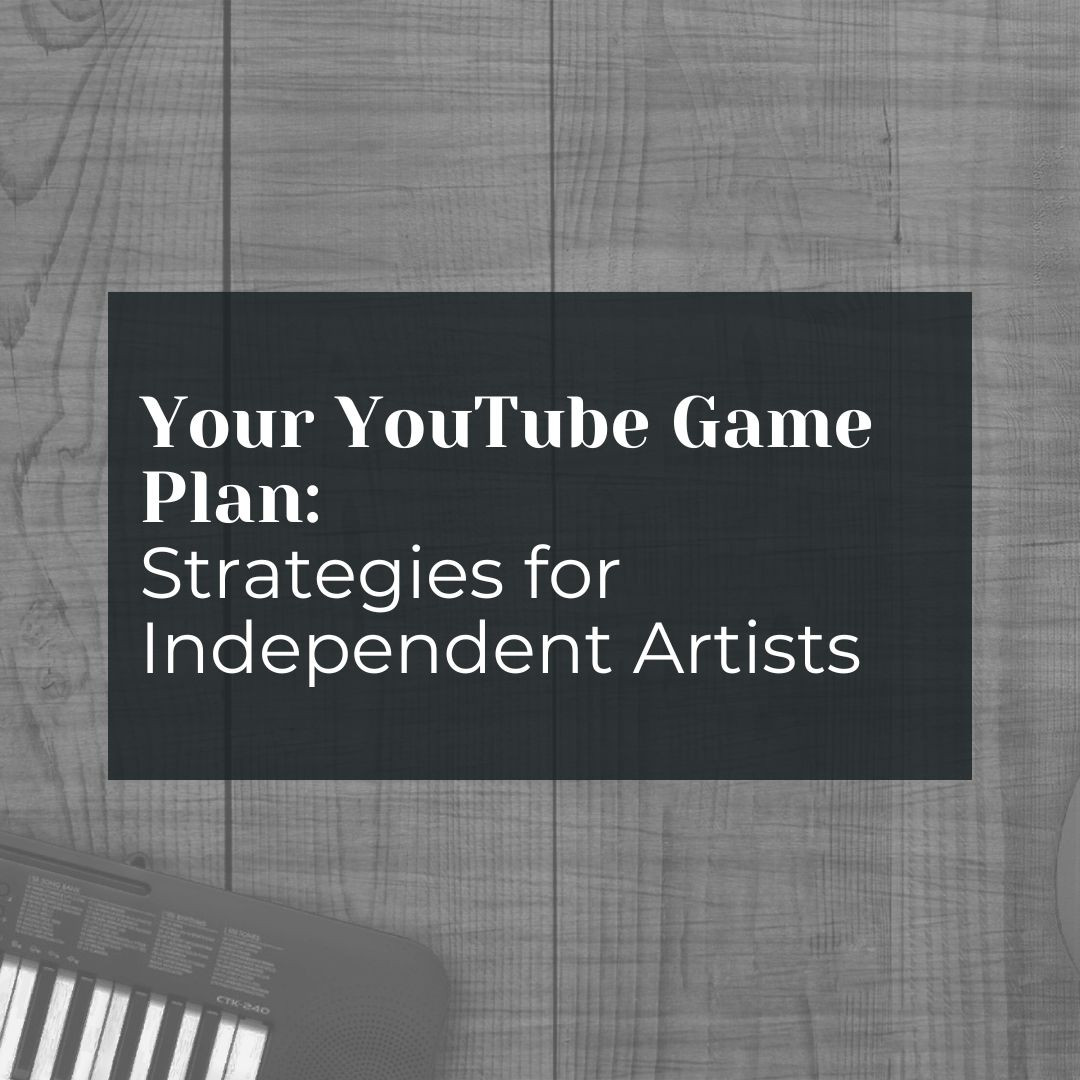

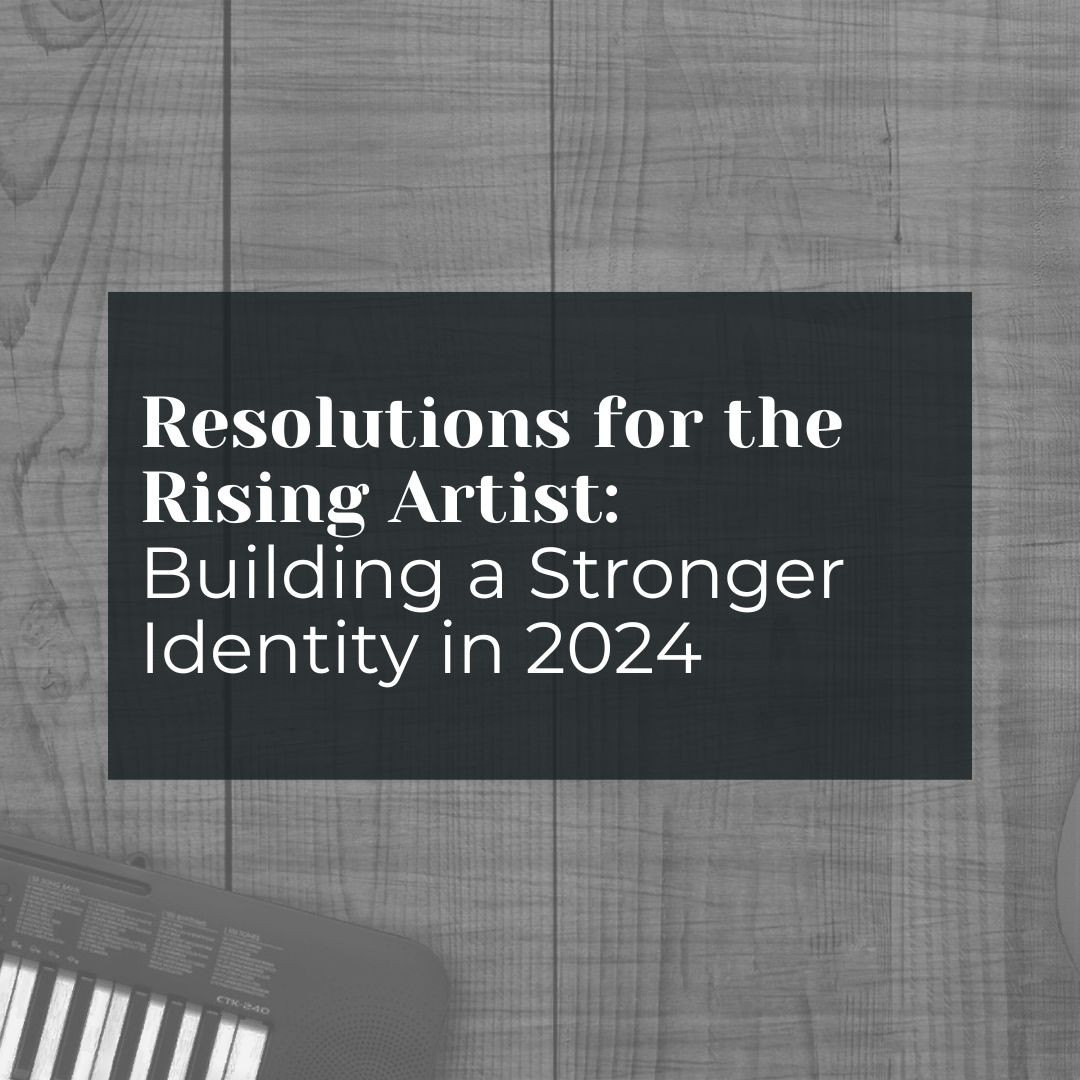
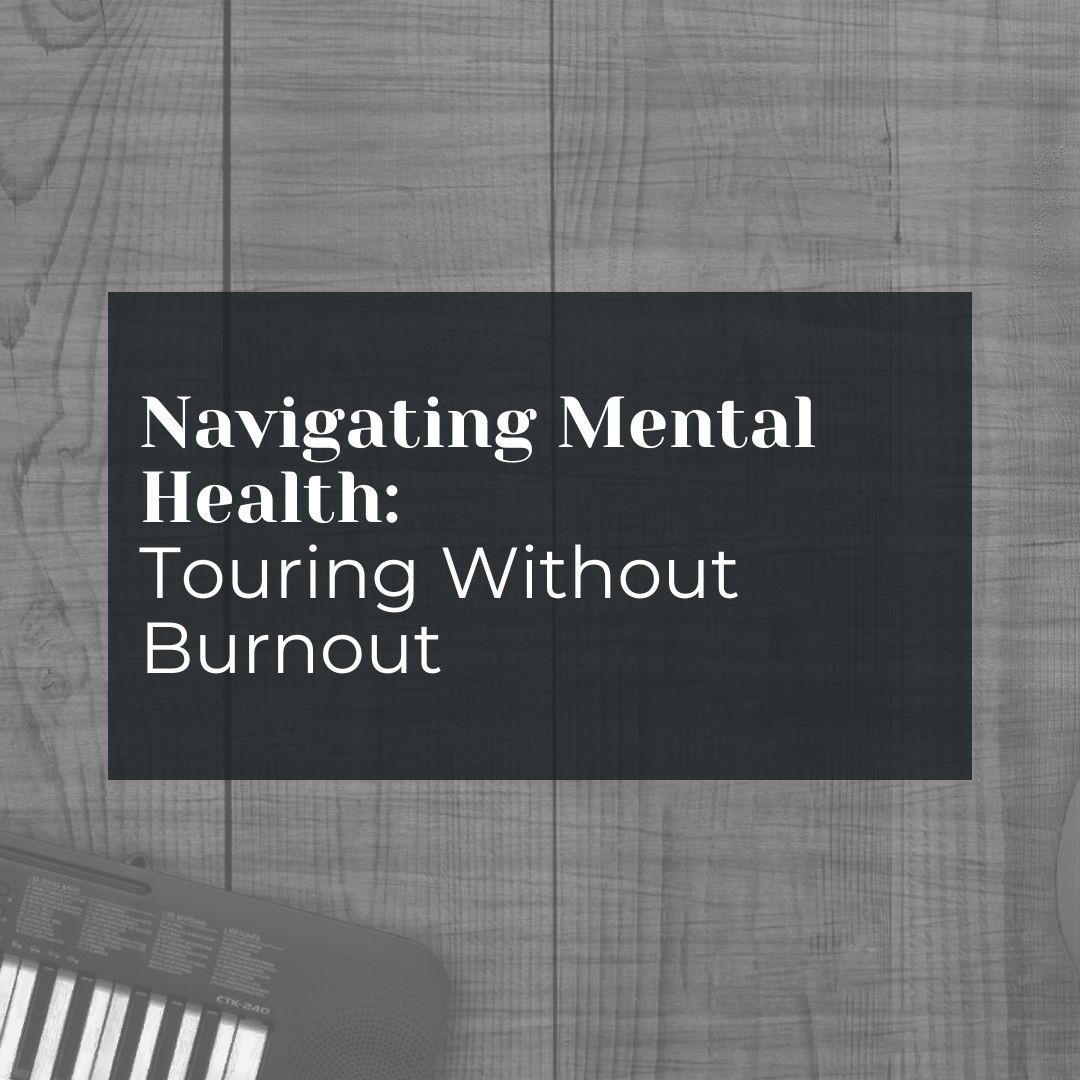
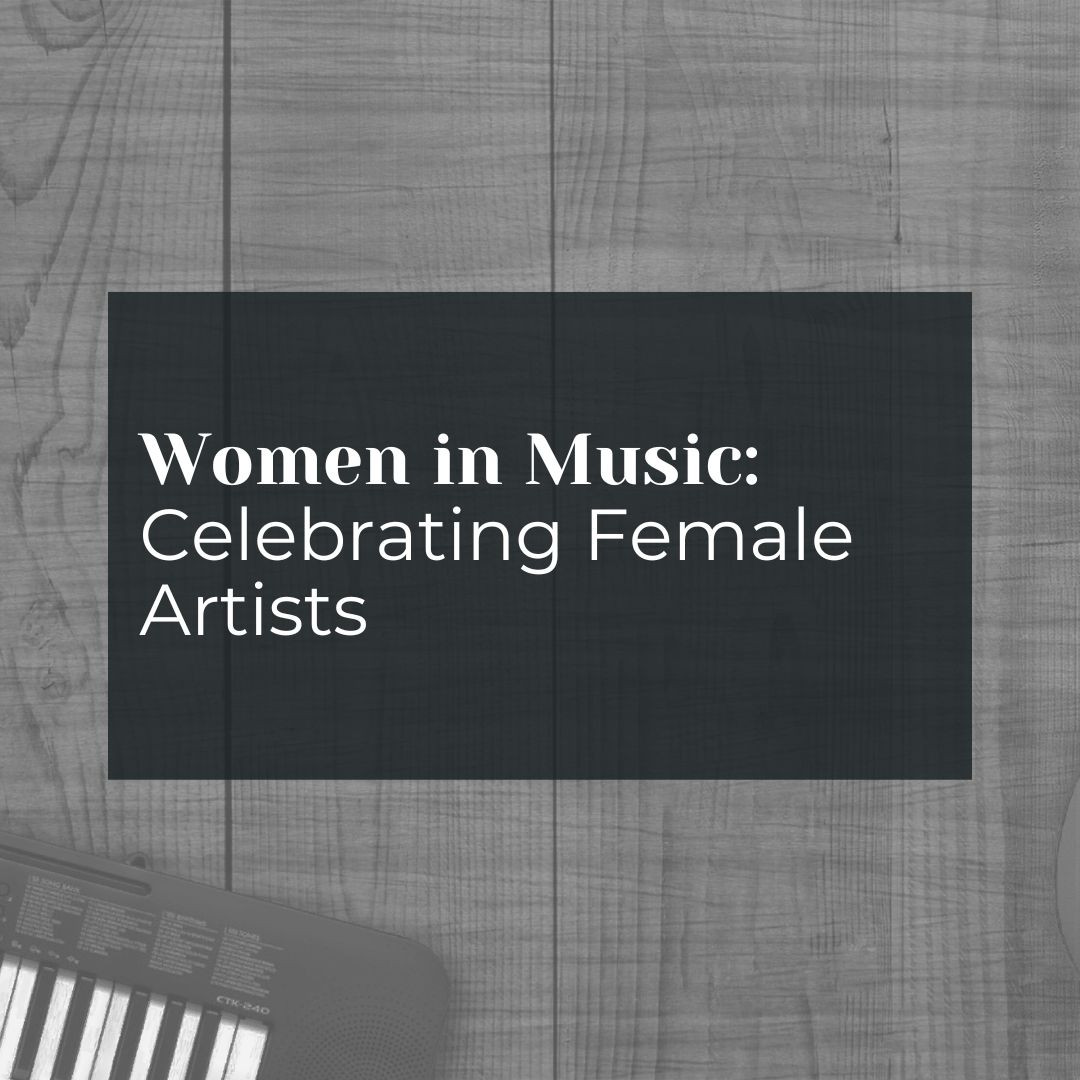
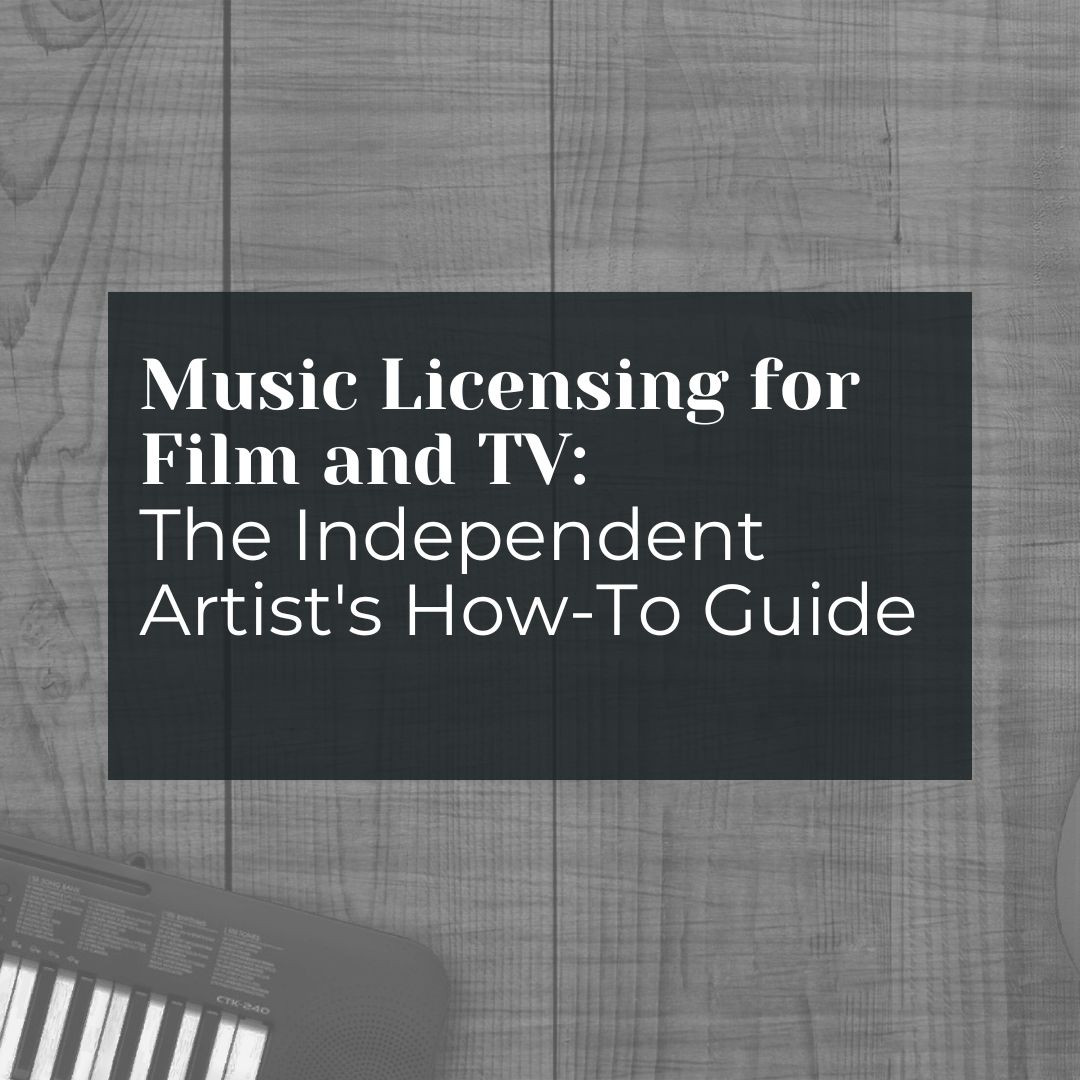


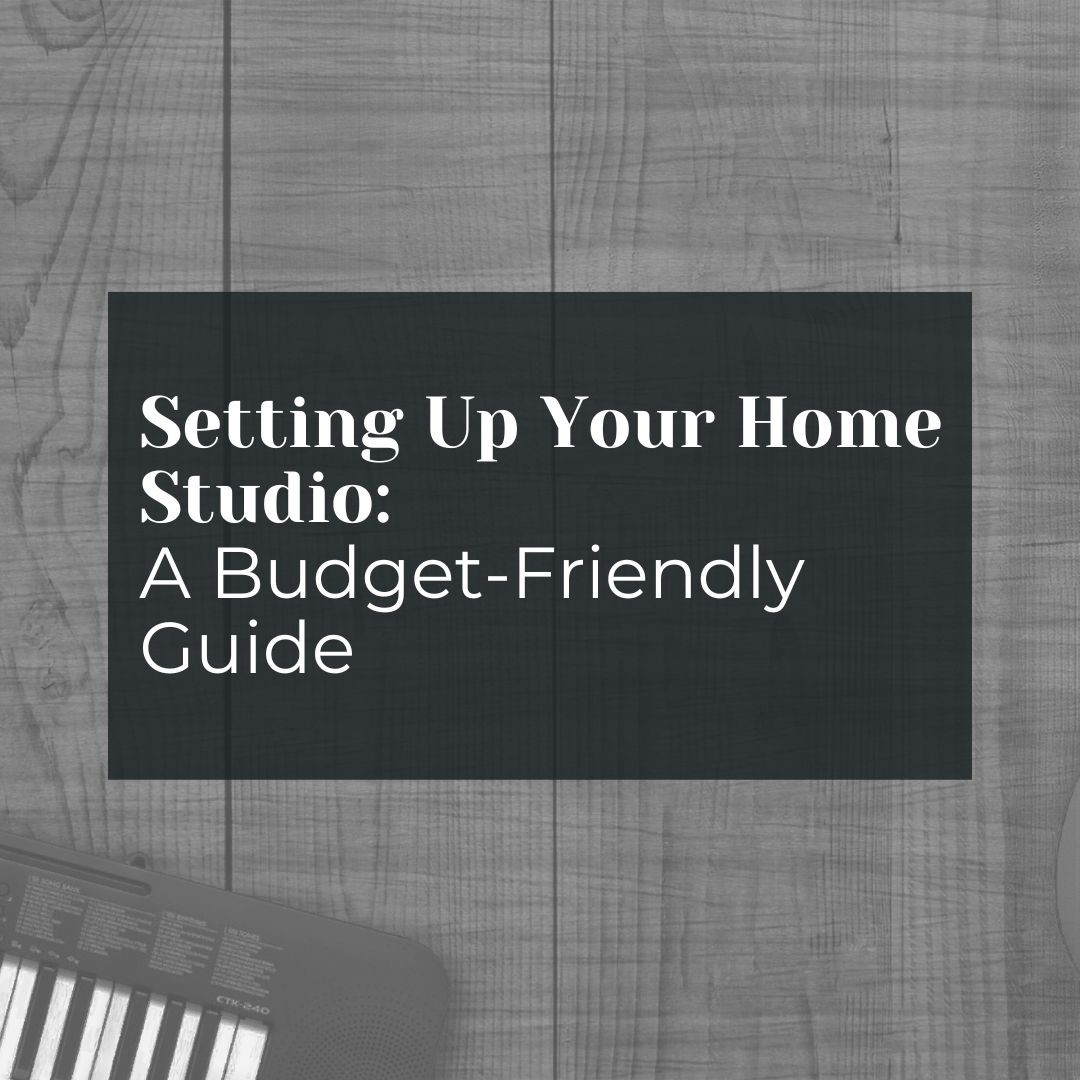

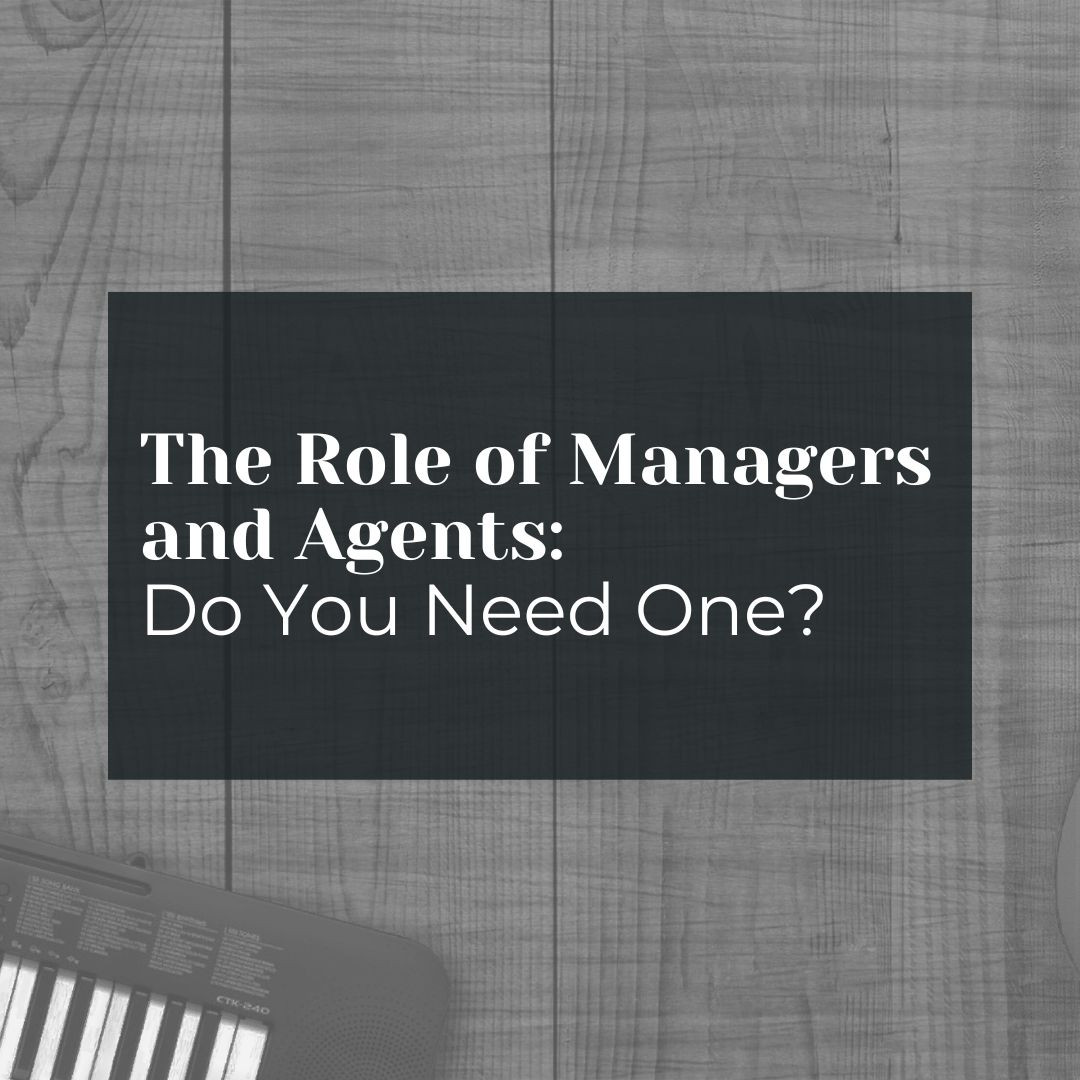




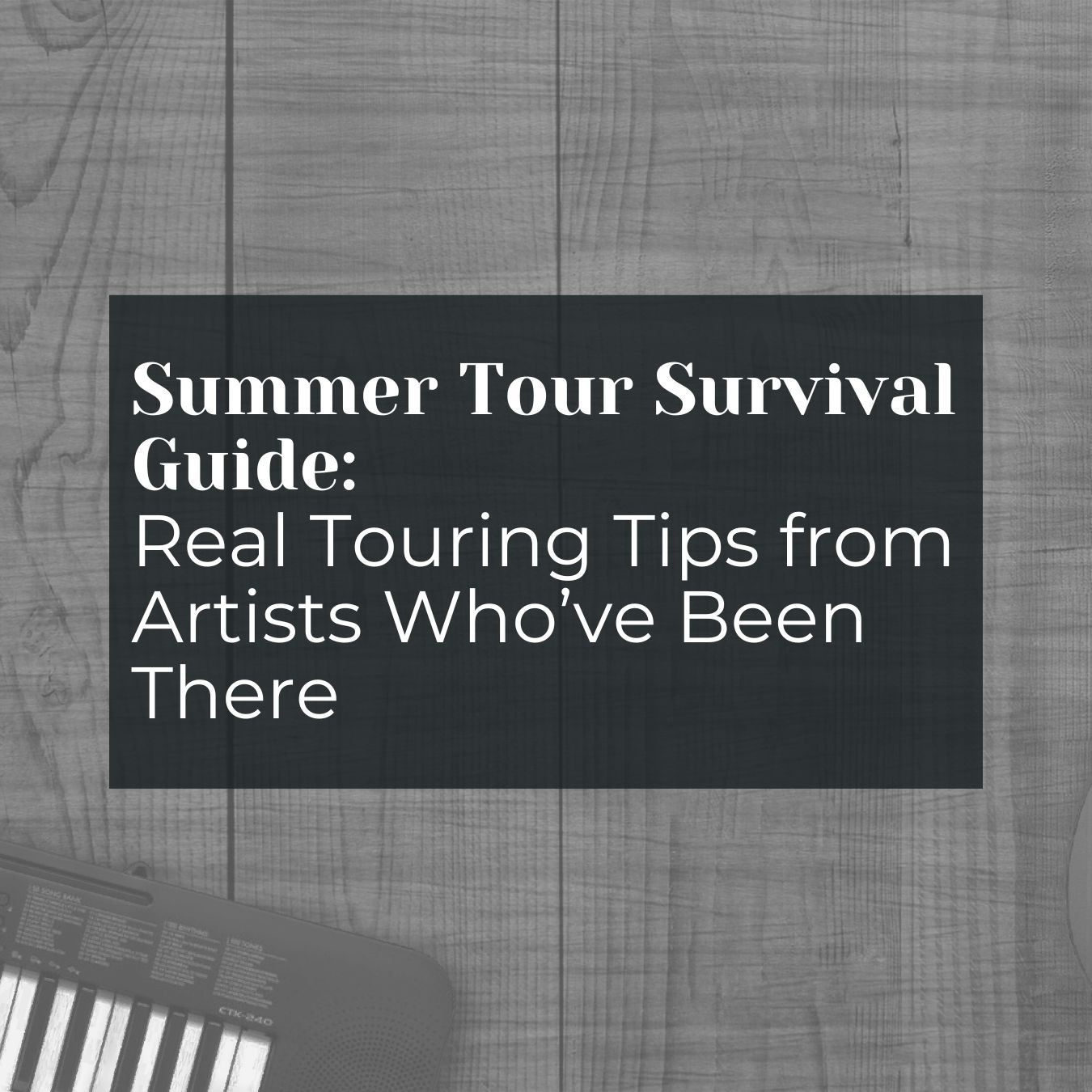


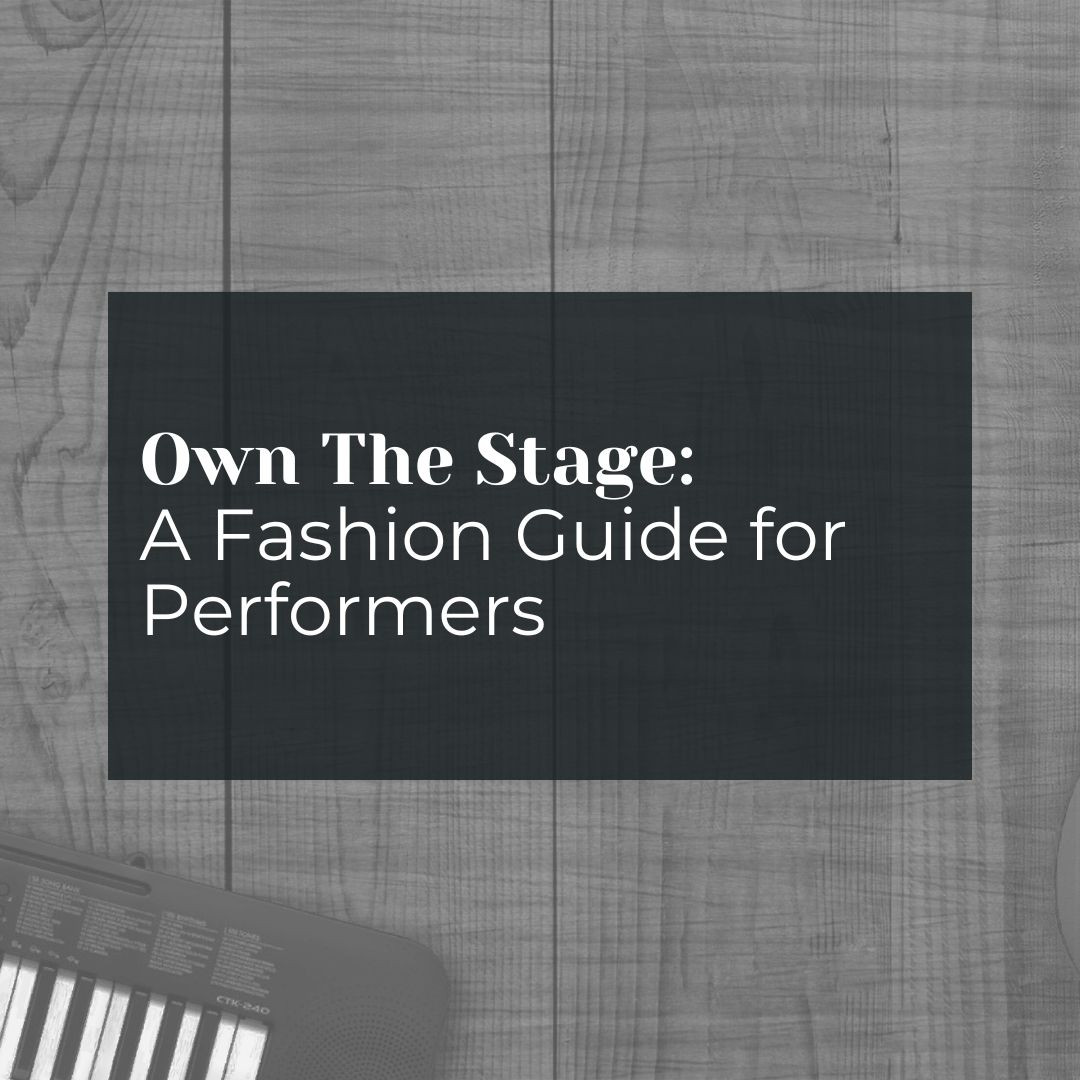

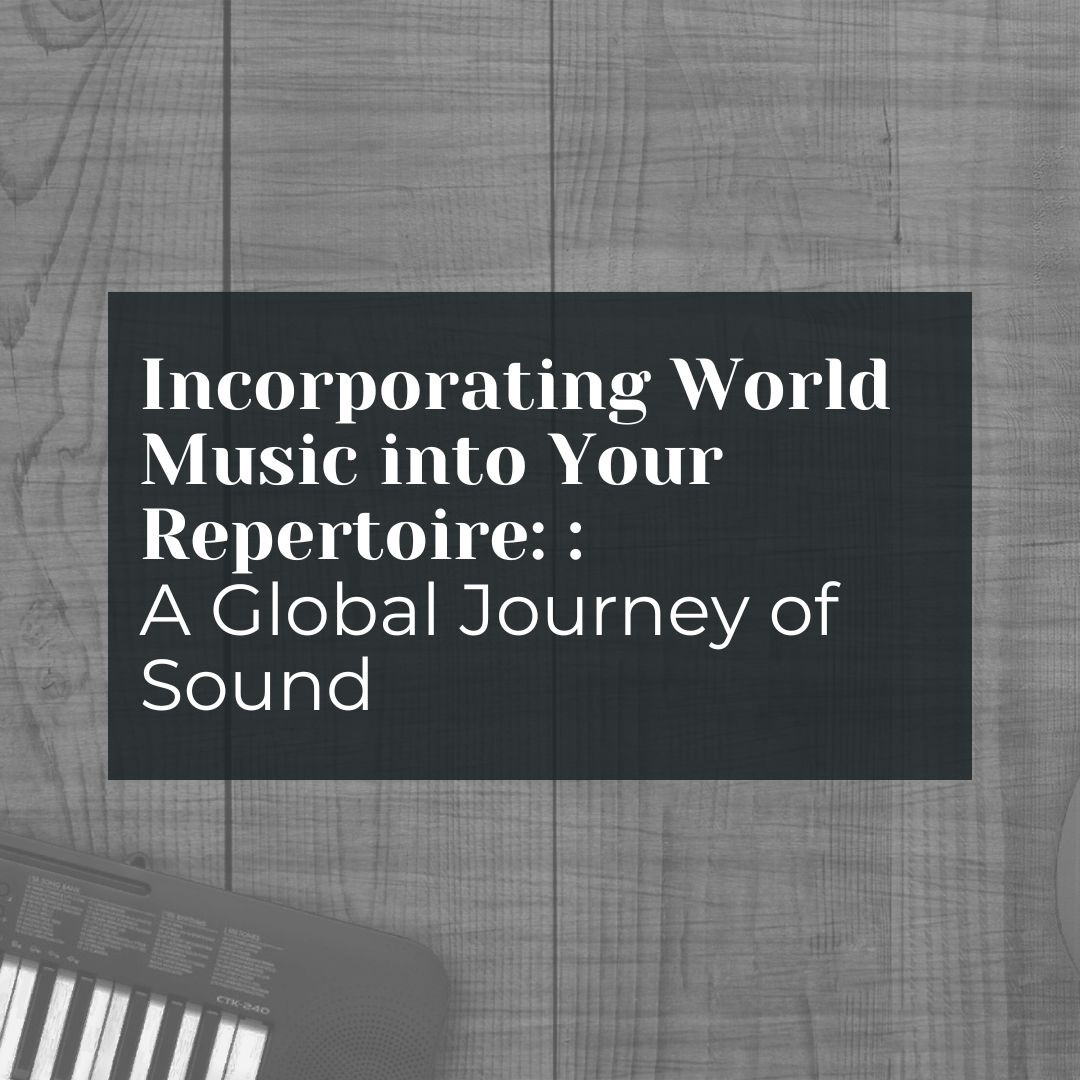

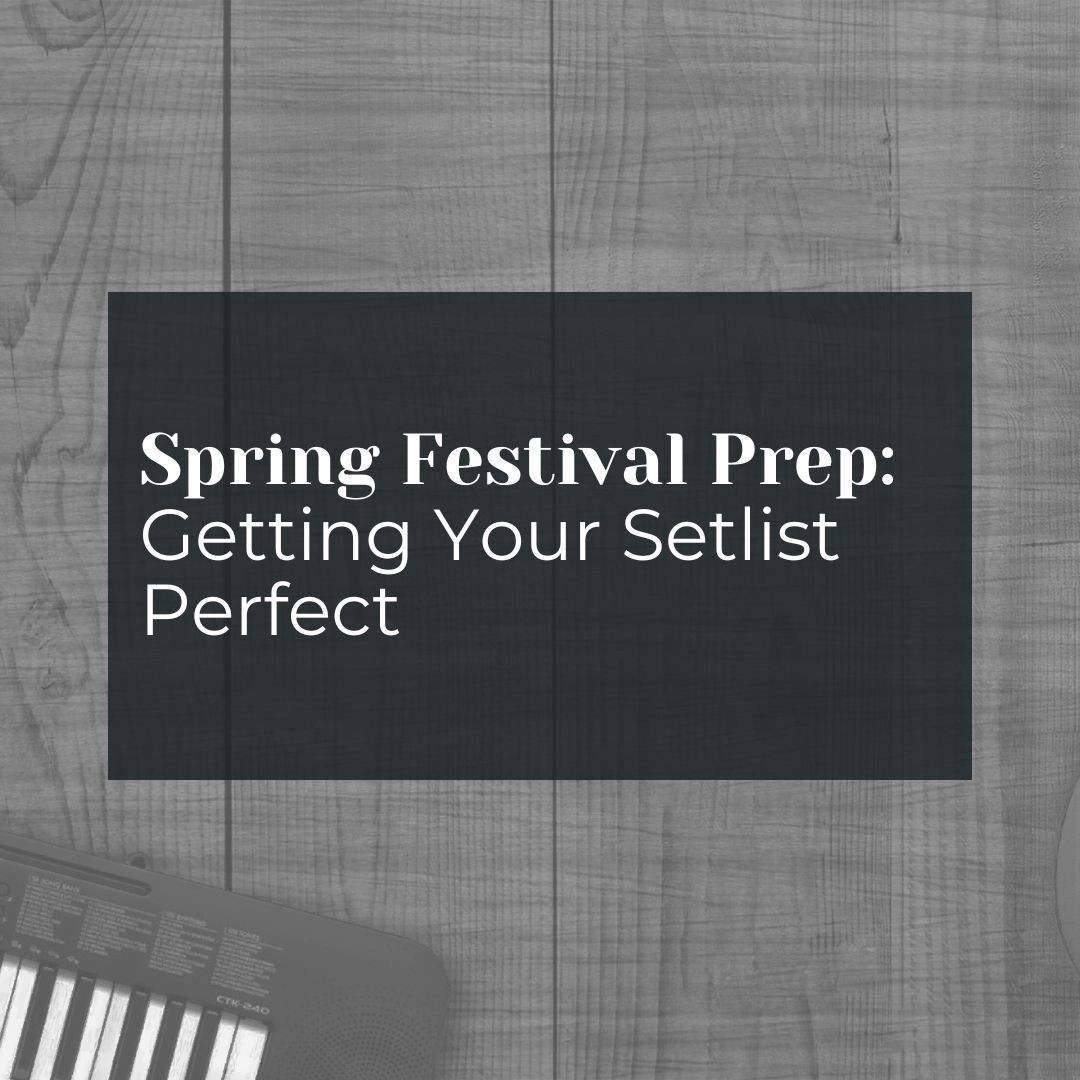

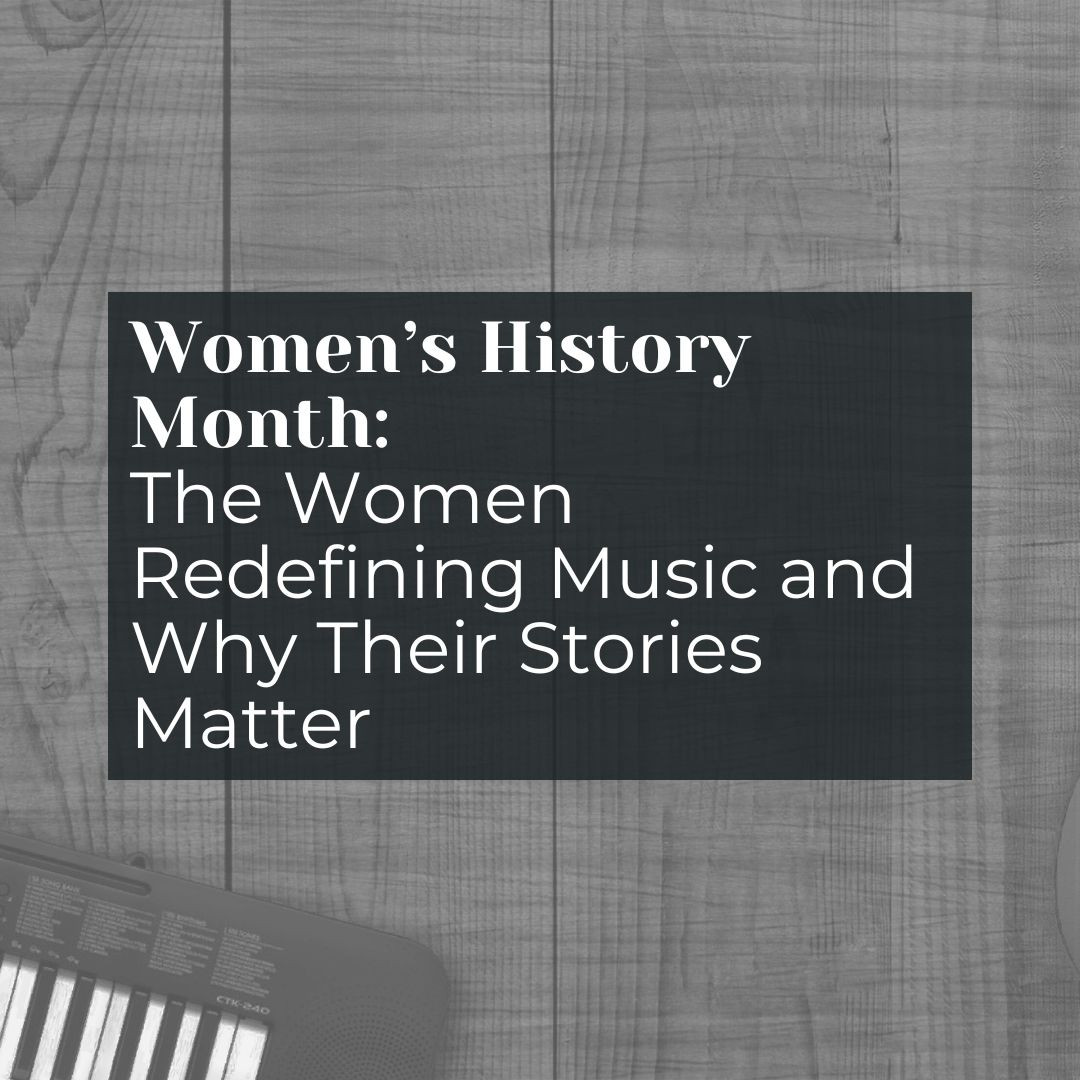

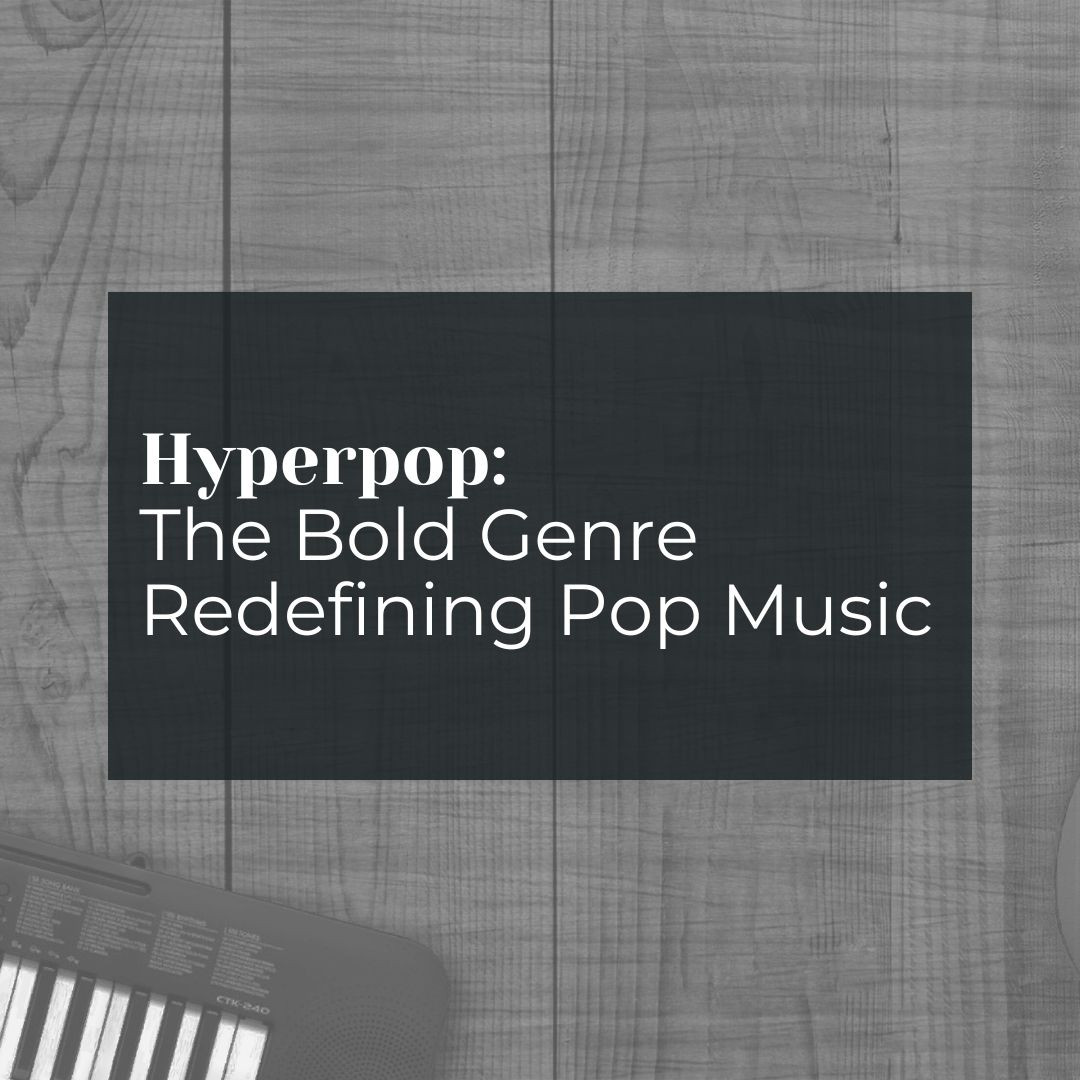



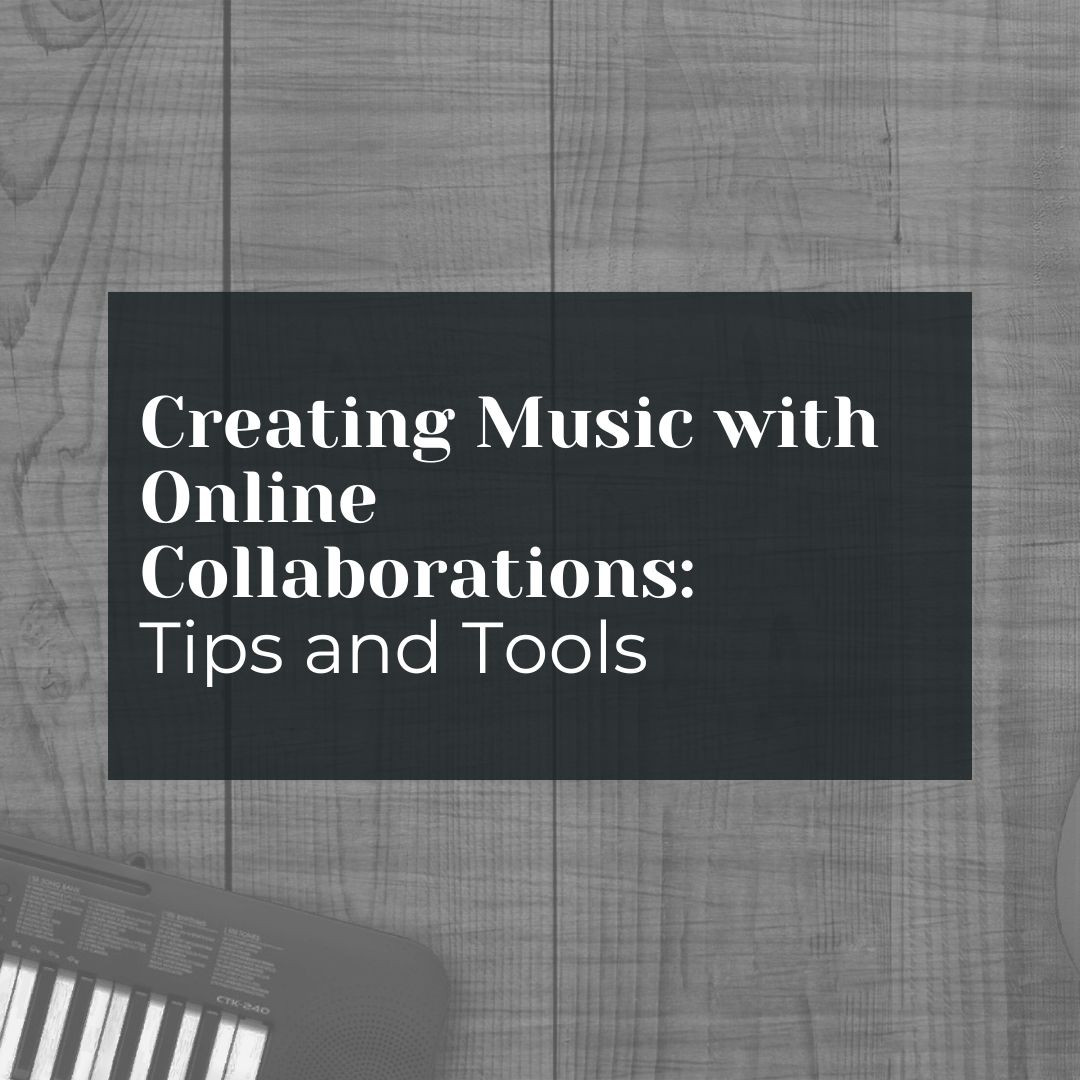

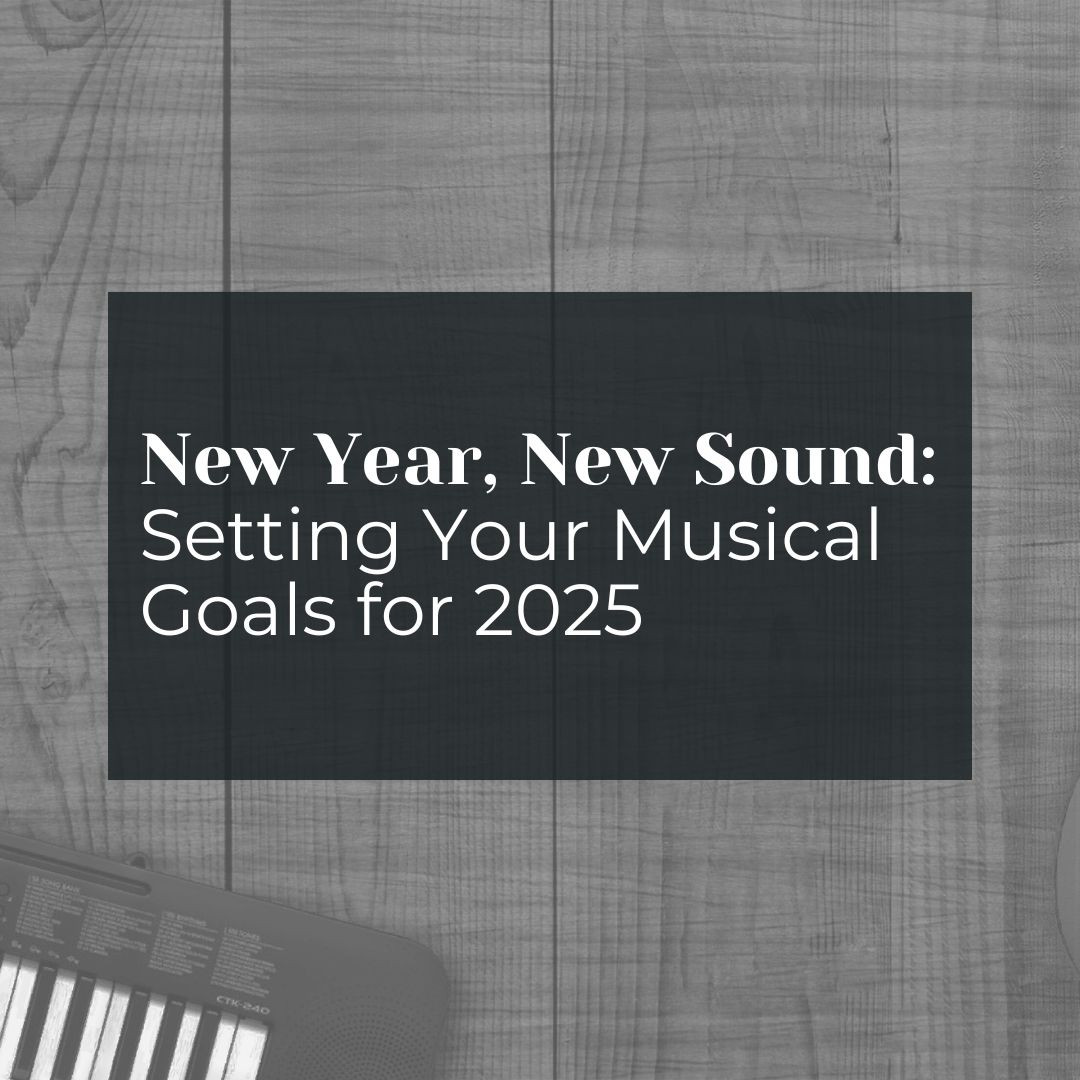
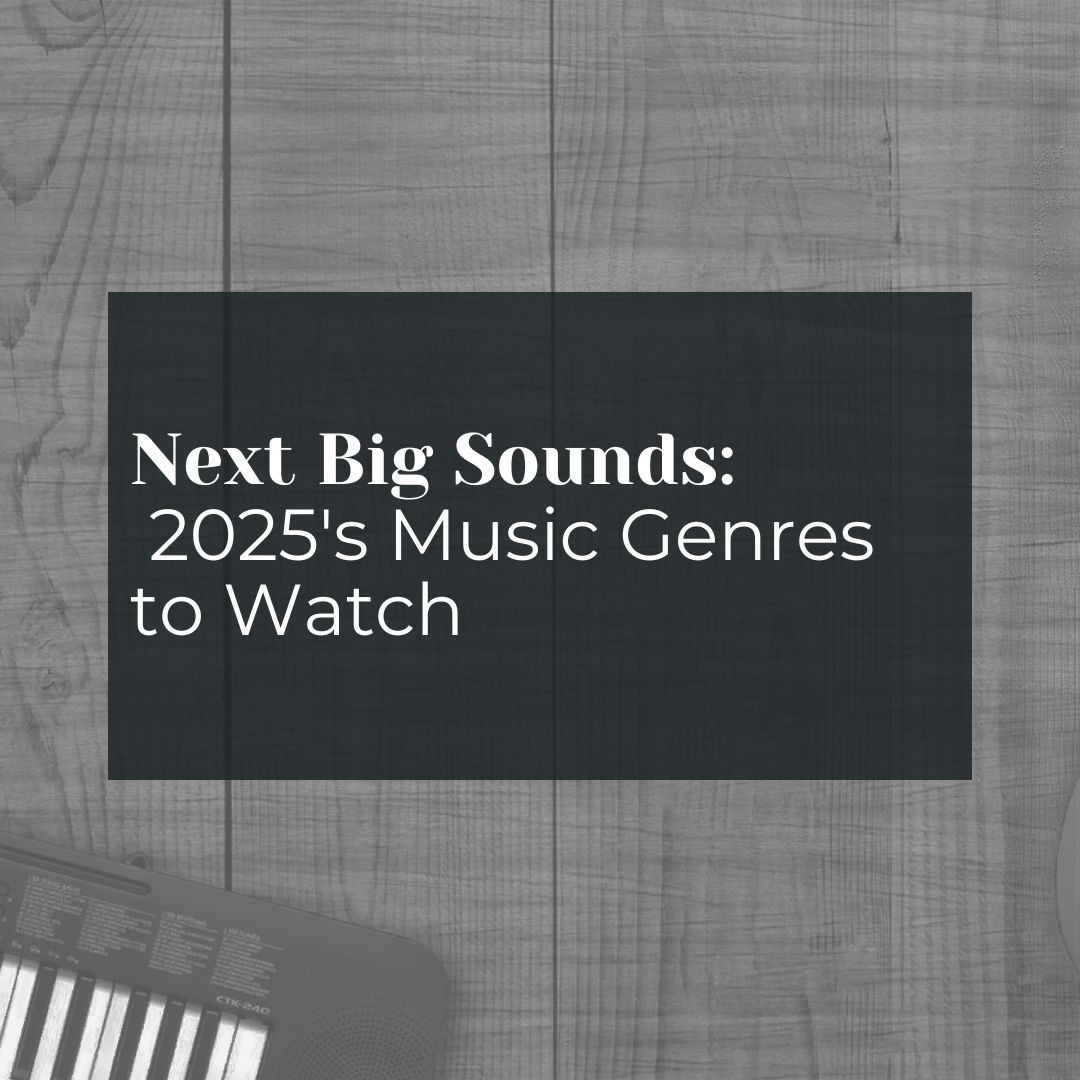






0 Comments